
Starting June 1st, 2023 Our warehouse fee will be $0.65/cubic foot per month
In effort to lower the warehouse storage fee during inflation, we have went narrow aisle racking.This construction took us four months but the project is finally completed. With narrow aisle racking, we are able to drop storage by 24%.We as partners will go through this inflation together.
01/01/2025
In today's fast-paced logistics landscape, warehouse traceability has become a cornerstone for businesses aiming to enhance efficiency and ensure product safety. By enabling real-time tracking of goods throughout the supply chain, warehouse traceability offers numerous benefits, including improved inventory management, swift response to incidents, and compliance with regulations.
Implementing effective traceability solutions not only streamlines operations but also builds trust with customers by guaranteeing product authenticity and quality. Read Worldcraft Logistics’ detailed analysis and guidance now.
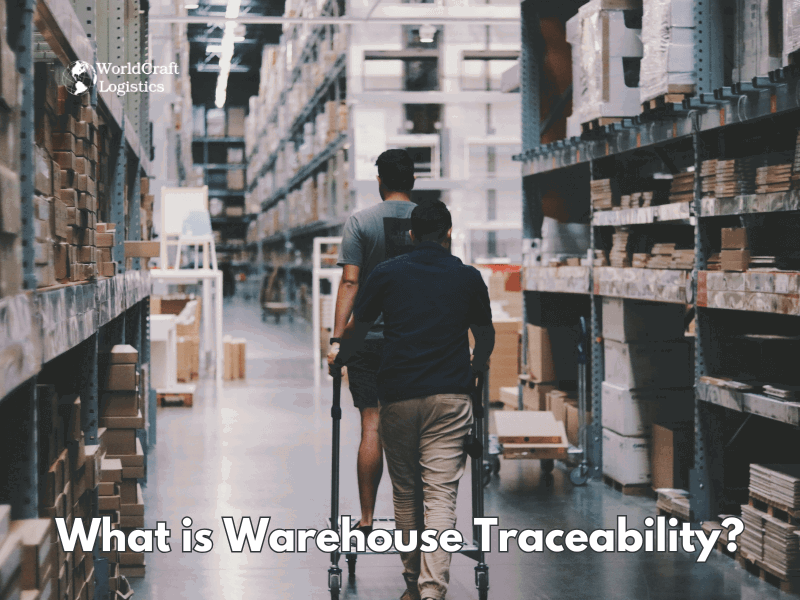
Warehouse traceability refers to the capability of a warehouse to track and monitor the journey of products within the supply chain, from their origin to their destination. It ensures accurate information about where a product has been and where it is headed. This process is facilitated using tools like serial numbers, stock-keeping units (SKUs), barcodes, RFID tags, and warehouse management software (WMS). These technologies provide real-time data, enabling businesses to maintain precise records of inventory movement and location.
As a critical link between retailers and consumers, warehouses play a pivotal role in ensuring traceability. They must meet stringent standards to satisfy both their business clients and end customers. This requires implementing robust systems to manage product origins, movements, and destinations effectively.
By achieving warehouse traceability, businesses not only improve operational transparency but also build trust with stakeholders by ensuring accurate and reliable product information.
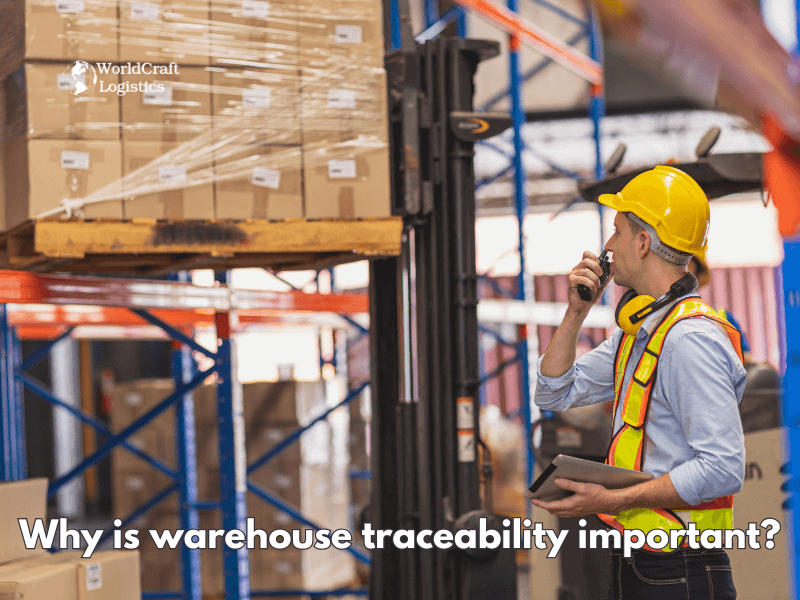
Warehouse traceability is crucial for several reasons, each contributing to more efficient and effective operations. Here's why it's so important:
Improved Inventory Management Traceability: provides real-time visibility into inventory levels, product locations, and movement. This helps businesses manage stock more efficiently, reducing the risk of stockouts, overstocking, and obsolete inventory.
Enhanced Accuracy and Reduced Errors: By using systems like barcodes, RFID, or warehouse management systems (WMS), warehouse traceability minimizes human errors in inventory tracking. Automated processes ensure that products are accurately recorded and tracked throughout their journey.
Compliance and Regulatory Requirements: Many industries, such as food, pharmaceuticals, and chemicals, are required by law to track products from production to delivery. Warehouse traceability helps companies comply with regulations by maintaining detailed, accurate records of product movement, which is essential for audits and regulatory inspections.
Faster Problem Resolution: If issues arise-such as damaged goods, delayed shipments, or product recalls-traceability allows businesses to quickly pinpoint the problem’s source and take corrective action. This improves response times and minimizes the impact of issues on the business.
Improved Customer Satisfaction: When customers know they can rely on timely deliveries and trace the journey of their products, it builds trust. This transparency also gives customers peace of mind, knowing where their goods are at any given moment.
Enhanced Security and Fraud: Prevention Traceability allows businesses to authenticate products, helping to prevent theft, counterfeit goods, or other forms of fraud. It also enables secure tracking of high-value or sensitive items, improving overall security in the warehouse.
Cost Savings: Efficient traceability systems can lead to significant cost savings. By reducing errors, improving inventory control, and streamlining processes, companies can cut down on operational inefficiencies and reduce waste.
In short, warehouse traceability is vital for operational efficiency, regulatory compliance, customer satisfaction, and overall business success. It helps businesses make informed decisions, respond to challenges quickly, and stay competitive in an increasingly complex logistics landscape.

The warehouse traceability process involves systematically tracking and managing products as they move through various stages within the warehouse. Here's a step-by-step breakdown of how this process typically works:
Step Description: When products arrive at the warehouse, they are received and logged into the system.
Actions:
Inspect the shipment for damages or discrepancies.
Assign a unique identifier (barcode, RFID tag, or serial number) to each product or pallet for traceability.
Record the product details, such as type, quantity, batch number, and manufacturer information in the warehouse management system (WMS).
Tools: Barcode scanners, RFID tags, WMS.
Step Description: After inspection, products are placed in designated storage areas based on type, size, or priority.
Actions:
The products are tagged with their identifiers and stored in the appropriate locations (shelves, bins, or pallets).
The WMS updates the location of each item to reflect its position within the warehouse.
Maintain an accurate record of the products in storage to ensure easy retrieval.
Tools: WMS, storage management systems, label printers.
Step Description: As products move within the warehouse, it’s important to track their movements in real time.
Actions:
When products are picked for order fulfillment, they are scanned again to update their status and location in the WMS.
Movement is tracked across various stages, such as picking, packing, and staging for shipment.
If products are transferred between different storage areas or from one pallet to another, the system should reflect these changes in real time.
Tools: Barcode/RFID scanners, WMS.

Step Description: When a customer order is ready to be shipped, products are picked from inventory and packed for delivery.
Actions:
Pick the products based on the order details in the WMS, scanning each item to ensure the correct products are chosen.
Package the products, ensuring all items are correctly packed and labeled with shipping information.
Update the system to reflect the completion of the packing stage, including the order details and the status of each item.
Tools: WMS, barcode scanners, packing labels.
Step Description: Once the products are packed and ready for shipment, they are dispatched to the customer.
Actions:
The shipment is assigned a tracking number, and the order status is updated to “shipped” in the WMS.
The system records the carrier details, expected delivery times, and other relevant shipping information.
The goods are moved to the shipping area, and the status is updated upon departure.
Tools: WMS, carrier integration systems.
Step Description: After the goods are dispatched, traceability continues through the delivery process.
Actions:
Monitor delivery status using carrier tracking systems to ensure timely delivery.
Update the warehouse system with confirmation of delivery, marking the order as completed.
If any issues occur (delays, returns, or damaged goods), traceability allows quick identification of the product's status and the necessary corrective actions.
Tools: Carrier tracking systems, WMS, customer feedback systems.
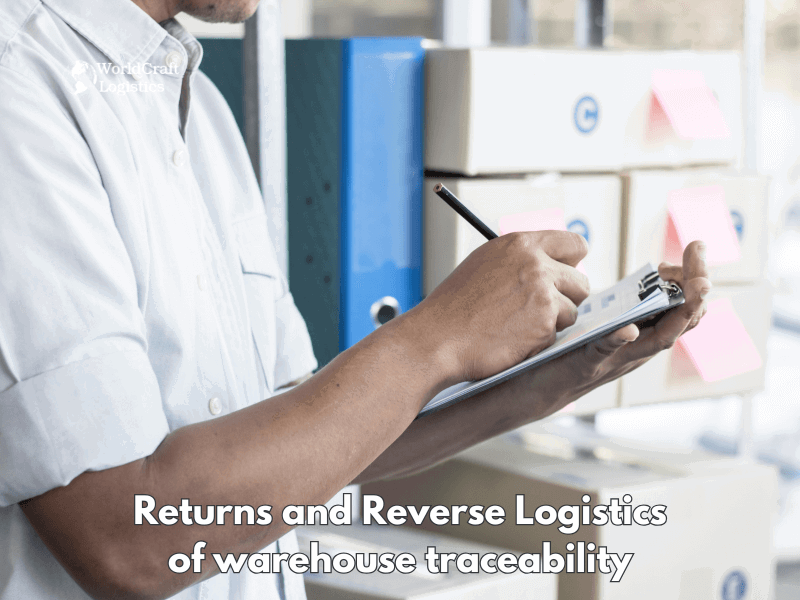
Step Description: If customers return products, the warehouse traceability system tracks these returns.
Actions:
Upon receiving returned goods, inspect them and check their condition.
Scan the returned items and update their status in the WMS.
Decide if the item should be restocked, repaired, or discarded based on its condition.
Update the inventory and adjust the stock levels accordingly.
Tools: WMS, barcode scanners.
Step Description: After the product journey is complete, generate reports to analyze warehouse performance and traceability data.
Actions:
Use the data collected throughout the process to generate reports on inventory levels, product movement, order fulfillment, and shipping accuracy.
Identify areas for improvement in the warehouse operations, such as bottlenecks or inefficiencies in tracking or storage.
Tools: WMS, business intelligence (BI) tools, reporting software.
The warehouse traceability process helps businesses maintain complete visibility over their inventory, improve operational efficiency, and ensure compliance with industry regulations. By using modern technologies such as barcode scanning, RFID, and WMS, warehouses can track products seamlessly from the moment they arrive to the time they are shipped and beyond.
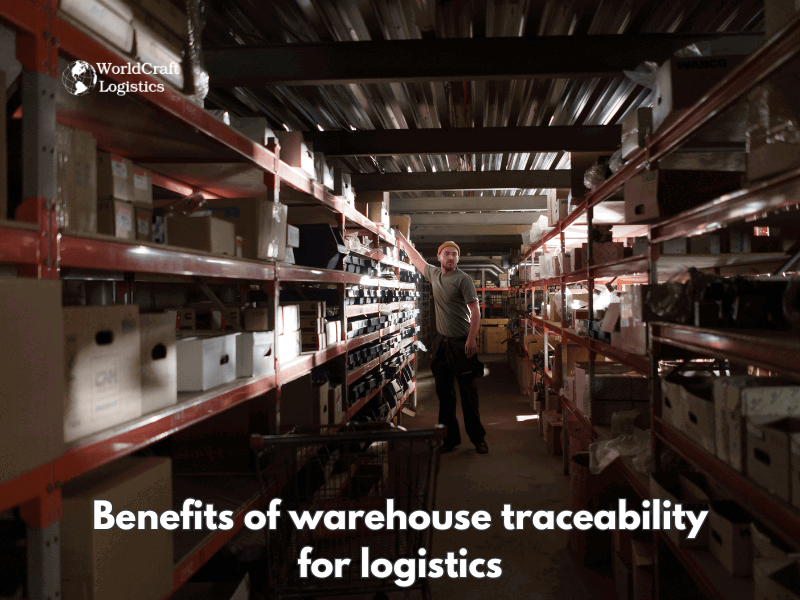
Warehouse traceability is the secret to smooth and efficient logistics operations. By tracking every product's movement with tools like RFID and barcode scanning, it reduces errors, ensuring accurate inventory and faster order fulfillment. With clear records of product locations and movements, logistics teams can quickly pick, pack, and ship, minimizing delays and improving customer satisfaction.
Beyond accuracy, traceability enhances security by providing a digital trail that prevents theft and fraud, particularly for high-value or sensitive items. It also ensures compliance with industry regulations, such as in food and pharmaceuticals, by maintaining transparent and up-to-date product records. Overall, warehouse traceability boosts efficiency, security, and customer trust, making logistics operations more agile and reliable.

The best solution for implementing warehouse traceability combines advanced technologies, streamlined processes, and data integration to ensure real-time visibility and accuracy. Here are the top solutions for achieving effective warehouse traceability:
A robust WMS is the backbone of traceability in any warehouse. It provides centralized control over inventory, helping businesses manage product movements, stock levels, and order processing. Modern WMS platforms offer features such as:
Real-Time Inventory Tracking: WMS enables continuous tracking of product movements, updates inventory in real-time, and ensures accurate stock levels.
Integration with ERP & Shipping: It can seamlessly integrate with Enterprise Resource Planning (ERP) systems and shipping platforms for smooth data flow and better decision-making.
Automated Data Entry: WMS reduces human errors by automating the data collection process, allowing for efficient tracking of products as they move through the warehouse.
Radio Frequency Identification (RFID) is a powerful solution for warehouse traceability. RFID tags are attached to products or pallets, allowing them to be scanned automatically as they pass through specific points in the warehouse. Benefits include:
Non-Invasive Tracking: RFID doesn’t require direct line-of-sight scanning like barcodes, making it faster and more efficient for tracking products.
Real-Time Visibility: RFID provides continuous updates on product location, giving warehouse managers the ability to track goods across large areas in real-time.
Improved Accuracy: RFID minimizes human error, offering better inventory accuracy and reducing discrepancies.
Barcode technology is another tried-and-true solution for warehouse traceability. Barcodes can be placed on every product, pallet, or shipment, and then scanned as they move throughout the warehouse. Key advantages include:
Cost-Effective: Barcode labels and scanners are relatively affordable and easy to implement, making them an accessible option for many businesses.
Fast Scanning: Barcodes are easy to scan and update quickly, ensuring products are tracked efficiently as they are received, stored, and shipped.
Integrates Well with WMS: Barcodes work seamlessly with WMS and other inventory systems, automating data entry and reducing the chances of errors.
Cloud-based systems offer significant advantages for warehouse traceability, especially for businesses with multiple locations or complex supply chains. Features include:
Centralized Data: Cloud-based platforms allow for centralized storage of traceability data, which can be accessed remotely by authorized personnel, improving decision-making.
Scalability: Cloud solutions grow with your business, enabling you to add features, users, and integrations as needed.
Real-Time Data Access: Cloud solutions provide real-time access to inventory and traceability information, making it easier to manage operations and track goods across different locations.
The Internet of Things (IoT) is transforming warehouse traceability by enabling real-time monitoring and tracking of products and equipment. IoT sensors can be attached to products, pallets, or vehicles, providing:
Environmental Monitoring: Sensors can track environmental conditions like temperature and humidity, ensuring compliance with regulations for sensitive items (e.g., pharmaceuticals or food).
Automatic Data Capture: IoT devices automatically gather data, reducing the need for manual entry and improving traceability accuracy.
Predictive Analytics: IoT systems can analyze trends and predict potential issues, allowing proactive decision-making to prevent problems before they occur.
Blockchain is an emerging solution for warehouse traceability, particularly in industries requiring high levels of security and transparency, such as pharmaceuticals, food, and luxury goods. Benefits include:
Immutable Records: Blockchain creates a secure and unchangeable record of every transaction or movement, ensuring data integrity and transparency.
Enhanced Security: The decentralized nature of blockchain provides an extra layer of protection against fraud, tampering, or unauthorized access.
Supply Chain Transparency: Blockchain offers end-to-end traceability, allowing stakeholders across the supply chain to verify the movement of products in real-time.
Equipping warehouse staff with mobile devices or wearables (such as smart glasses or handheld scanners) enhances traceability and operational efficiency. Features include:
Real-Time Scanning: Staff can scan products as they move throughout the warehouse, updating the traceability system instantly.
Hands-Free Operations: Wearables like smart glasses can display essential information for warehouse workers, allowing them to continue working with both hands while staying informed.
Mobile Access: Mobile devices allow warehouse managers to access inventory data and traceability information from anywhere, increasing flexibility and responsiveness.
The best solution for warehouse traceability depends on the specific needs of your business, the complexity of your operations, and the level of technology integration you require. Combining a strong Warehouse Management System (WMS) with technologies like RFID, barcode scanning, and cloud-based solutions will create a seamless and efficient traceability process. Integrating IoT sensors and blockchain can offer additional layers of monitoring and security, especially for industries that demand stringent compliance and transparency.
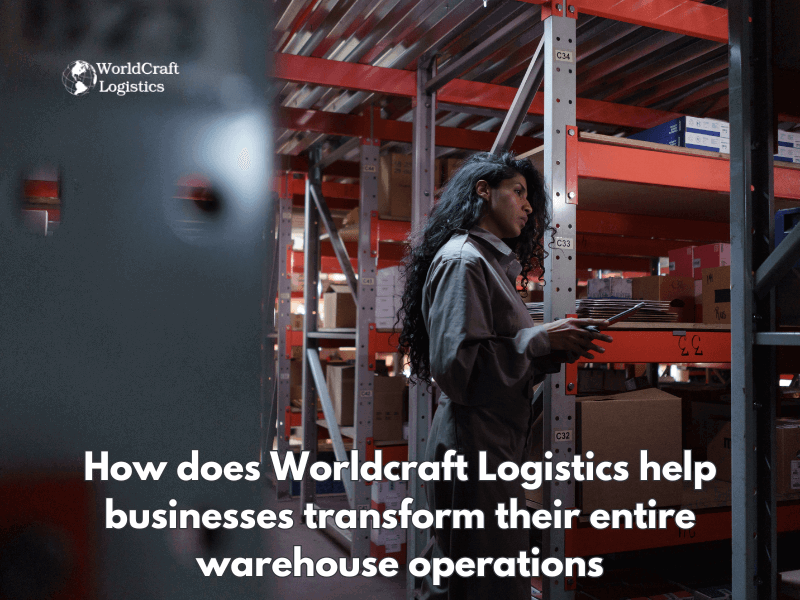
Worldcraft Logistics helps businesses transform their entire warehouse operations through a combination of cutting-edge technology, strategic organization, and expert staff. Here’s how we make it happen:
At the heart of Worldcraft Logistics’ solution is our robust, in-house Warehouse Management System (WMS). This system is continuously optimized and updated to ensure that every aspect of warehouse operations is streamlined. With real-time data tracking, automated inventory management, and seamless integration with other business systems, our WMS provides businesses with the tools they need to monitor, control, and optimize their warehouse operations. This results in faster order fulfillment, improved stock accuracy, and greater operational efficiency.
We help businesses create logical and efficient inventory arrangements that maximize space, improve accessibility, and reduce handling times. By analyzing the specific needs of each client’s inventory, we design custom storage layouts that ensure products are stored in the most strategic positions. This careful planning reduces search times, increases product picking speed, and minimizes the chances of errors. The result is a smoother, more efficient workflow that supports faster order processing and overall warehouse efficiency.
Worldcraft Logistics prides itself on having a dedicated, experienced team that is both professional and hardworking. Our team members are not just trained to manage warehouse operations-they are committed to continuous improvement. With a deep understanding of warehouse logistics, inventory management, and the latest technologies, our team works diligently to ensure that every product is handled with care and precision. We collaborate closely with clients to tailor solutions that fit their specific needs, ensuring that operations run seamlessly and efficiently at all times.
By combining advanced technology, efficient processes, and a dedicated team, Worldcraft Logistics empowers businesses to optimize their warehouse operations, resulting in increased productivity, reduced costs, and enhanced customer satisfaction.
In conclusion, embracing warehouse traceability is no longer optional but essential for modern logistics operations. The advantages-from real-time visibility and cost reduction to enhanced risk management-are substantial. By adopting appropriate traceability systems and technologies, businesses can navigate the complexities of the supply chain with greater confidence and efficiency, ultimately leading to improved customer satisfaction and a stronger market position.
SEO
Digital Marketing/SEO Specialist
Simon Mang is an SEO and Digital Marketing expert at Wordcraft Logistics. With many years of experience in the field of digital marketing, he has shaped and built strategies to effectively promote Wordcraft Logistics' online presence. With a deep understanding of the logistics industry, I have shared more than 300 specialized articles on many different topics.
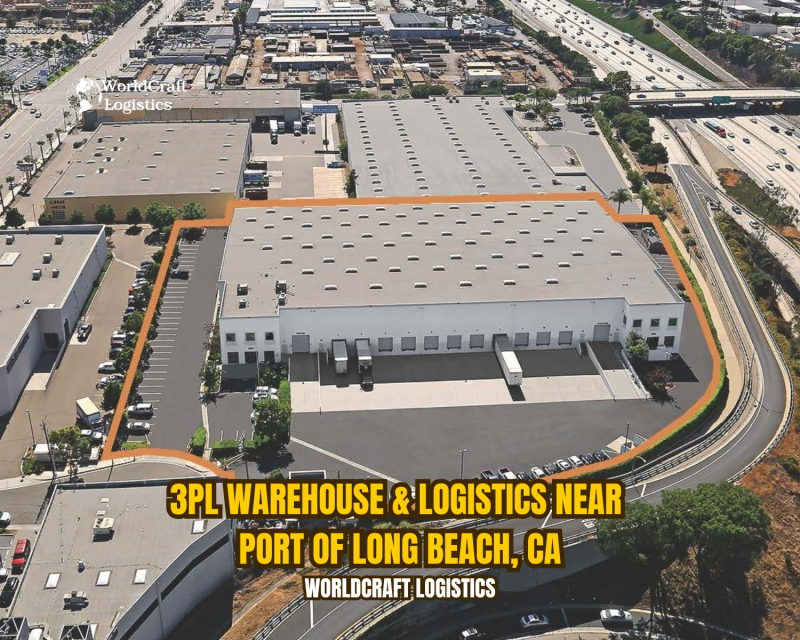
Warehouse
12/30/2024
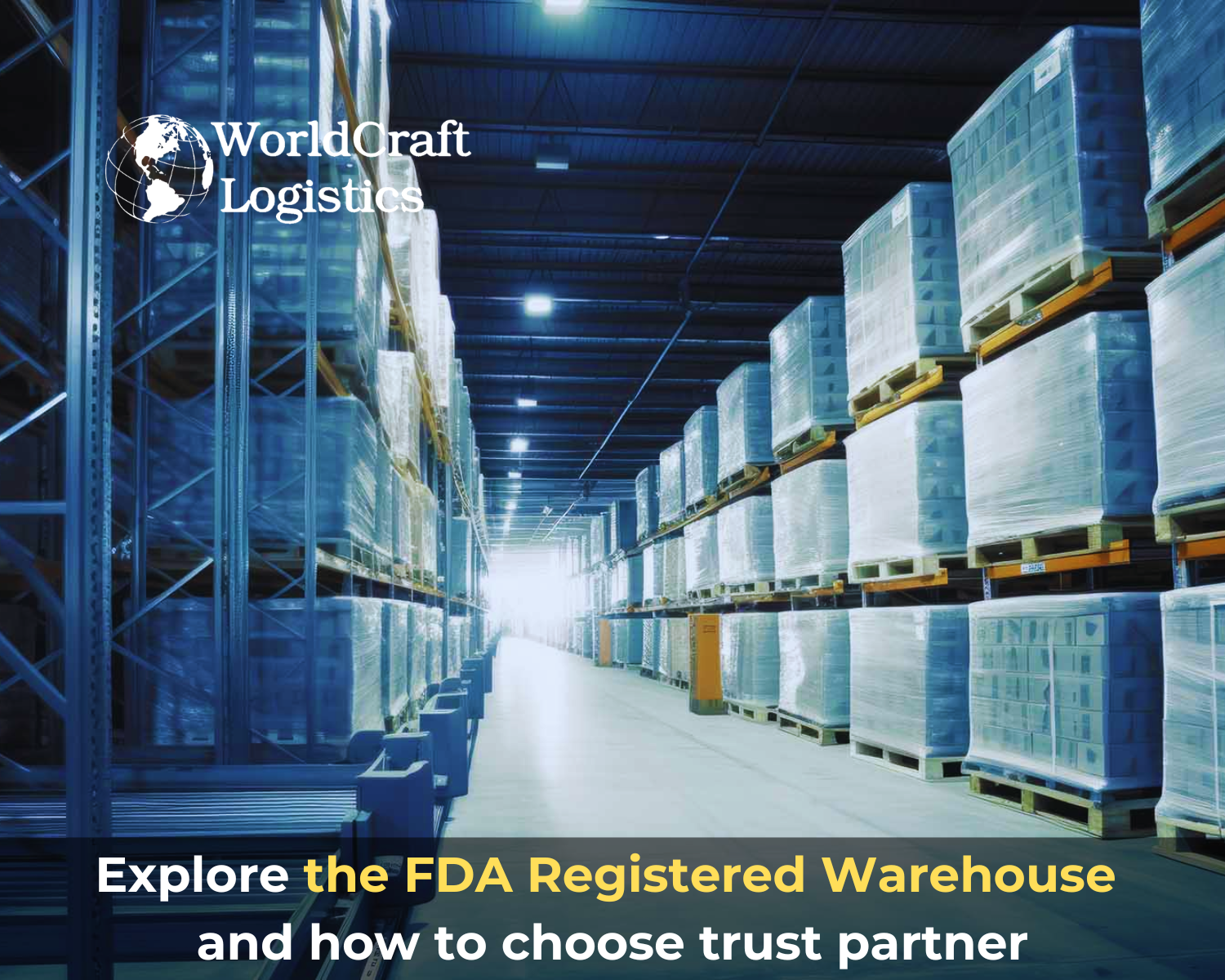
Warehouse
06/16/2024

Warehouse
03/03/2024

Warehouse
08/25/2024
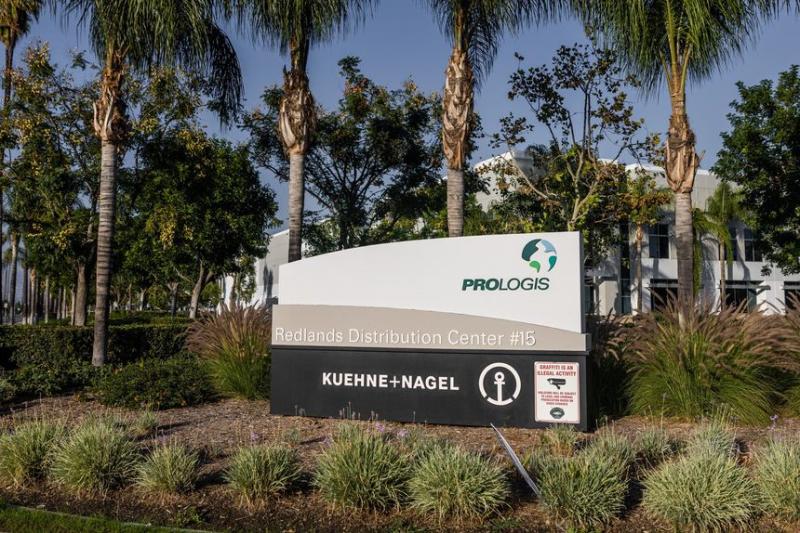
Warehouse
02/20/2023